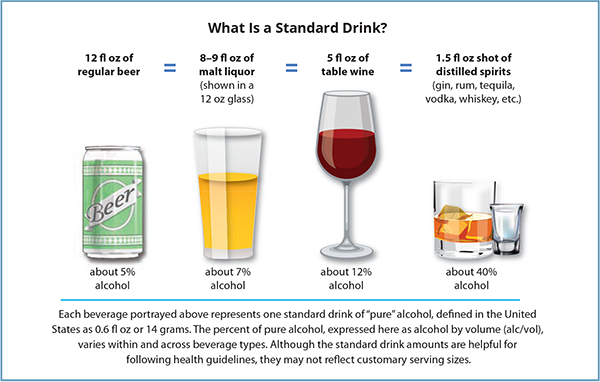How much alcohol is too much for people with liver disease?

Alcohol has silently become a global pandemic, causing a sharp rise in alcohol-related liver diseases such as alcoholic fatty liver disease (AFLD). In fact, there is a 65% increase in deaths from liver cirrhosis since 1999 and 44% of all liver-related deaths in the US are attributed to alcohol.
According to recent research data by American Liver Foundation, an approximate of 88,000 Americans lost their lives yearly by drinking way too much alcohol. While all these research data gives us the feeling that alcohol is something that we should avoid at all cost if we want to stay healthy, should we practice complete abstinence from alcohol or is a little booze once in a while is already too much for the liver?
Know your liver condition – To drink or not to drink?
- For people with cirrhosis or NASH, one drink is too many.
It doesn’t matter if the condition of cirrhosis or NASH is caused by alcohol or not, people who have already developed liver cirrhosis or NASH should avoid alcohol at all cost. Alcohol is one of the factors that damage liver cells and just a martini on a Saturday night can already do much harm to a liver with scar tissues.
- For people with non-alcoholic fatty liver disease (NAFLD), consume as little as possible.
Currently, there is still not enough data to provide a conclusive suggestion whether it is safe for people with NAFLD to drink, but NAFLD patients should not indulge in heavy or binge alcohol consumption under any circumstances. There are many different factors that can cause liver inflammation and alcohol is definitely one of them. Compared with healthy individuals, people with NAFLD already have a less functioning liver. Don’t further damage your liver with overdrinking.
A small amount is good for heart health?
Even though certain alcohol like wine is said to provide cardiovascular health benefits and moderate drinking is said to be linked with longevity, it still does not justify the potential risks of worsening the already existing liver disease. According to the World Health Organization, alcohol consumption should not be used as a form of prevention against other diseases.
A general rule of thumb: know your limits
Your gender, liver condition, age, and weight can have an effect on how well your body handles alcohol. So there is not a conclusive suggestion to pinpoint at what amount of alcohol is absolutely safe for everyone, but the general guideline for consideration is 1 standard drink per day for women and 2 drinks per day for men.
What is a standard drink? The National Institute on Alcohol Abuse and Alcoholism has illustrated the idea:

A point to note is that, the above alcohol guideline is mostly intended for people without liver diseases. So if you have hepatic problems of any kind, our advice is to reduce your alcohol consumption as much as you can!
Start liver care as early as possible
One thing to keep in mind is that, alcohol is still a foe, not a friend, when it comes to liver health. Most people don’t realise the powerful effect of alcohol on destructing liver function: it only takes about 10 years of heavy drinking to lead to cirrhosis. Your liver is a superhero at all the vital functions it carries out every day, but it needs care too. So remember that every time when you try to enjoy the night by having a drink or two, your liver is doing all the work behind to keep you alive and well!
- National Center for Biotechnology Information, https://www.ncbi.nlm.nih.gov/pmc/articles/PMC3766378/, (Accessed Date: 2018-11-23)
- National Institute on Alcohol Abuse and Alcoholism, https://www.niaaa.nih.gov/alcohol-health/overview-alcohol-consumption/what-standard-drink, (Accessed Date: 2018-11-23)
- American Liver Foundation, https://liverfoundation.org/for-patients/about-the-liver/diseases-of-the-liver/alcohol-related-liver-disease/#1507302760988-870375fd-f7a1, (Accessed Date: 2018-11-23)
- * All research and clinical data should be used as reference purposes only, results may vary.






